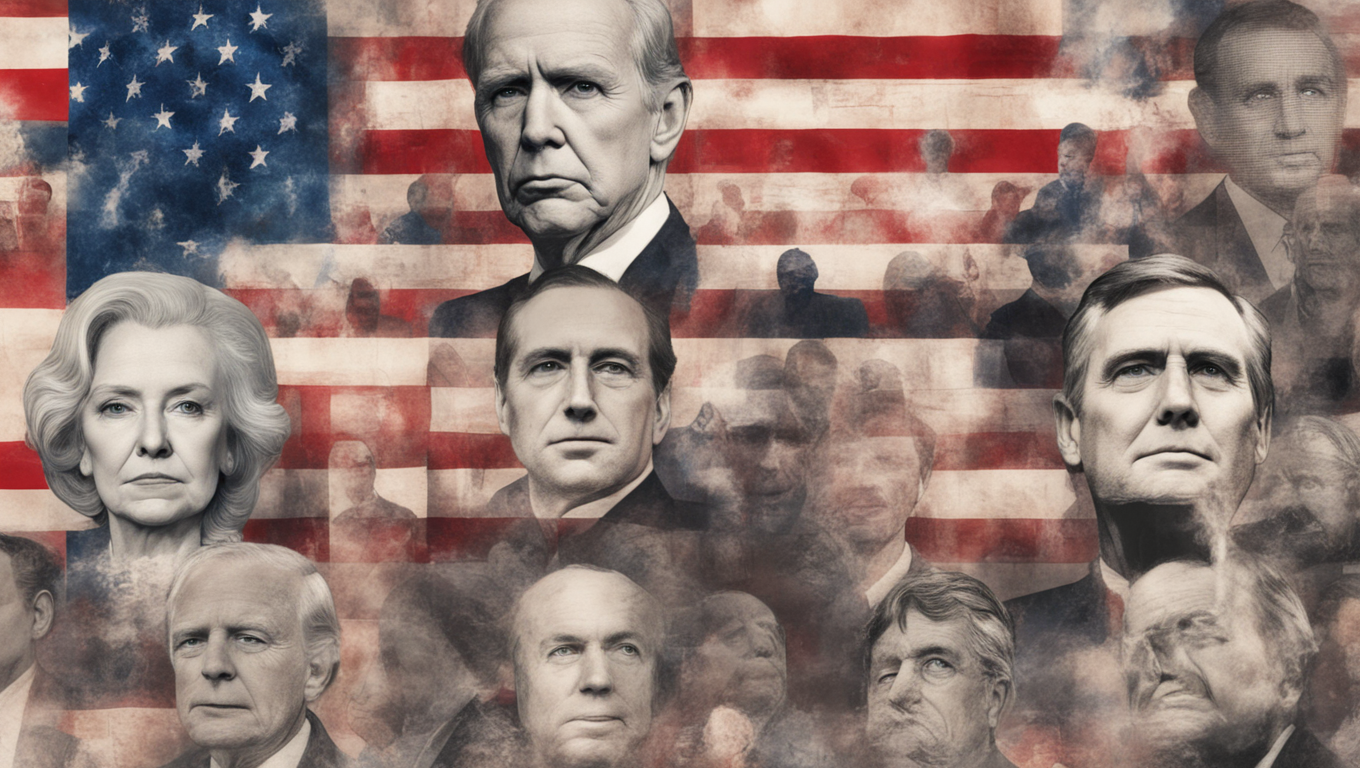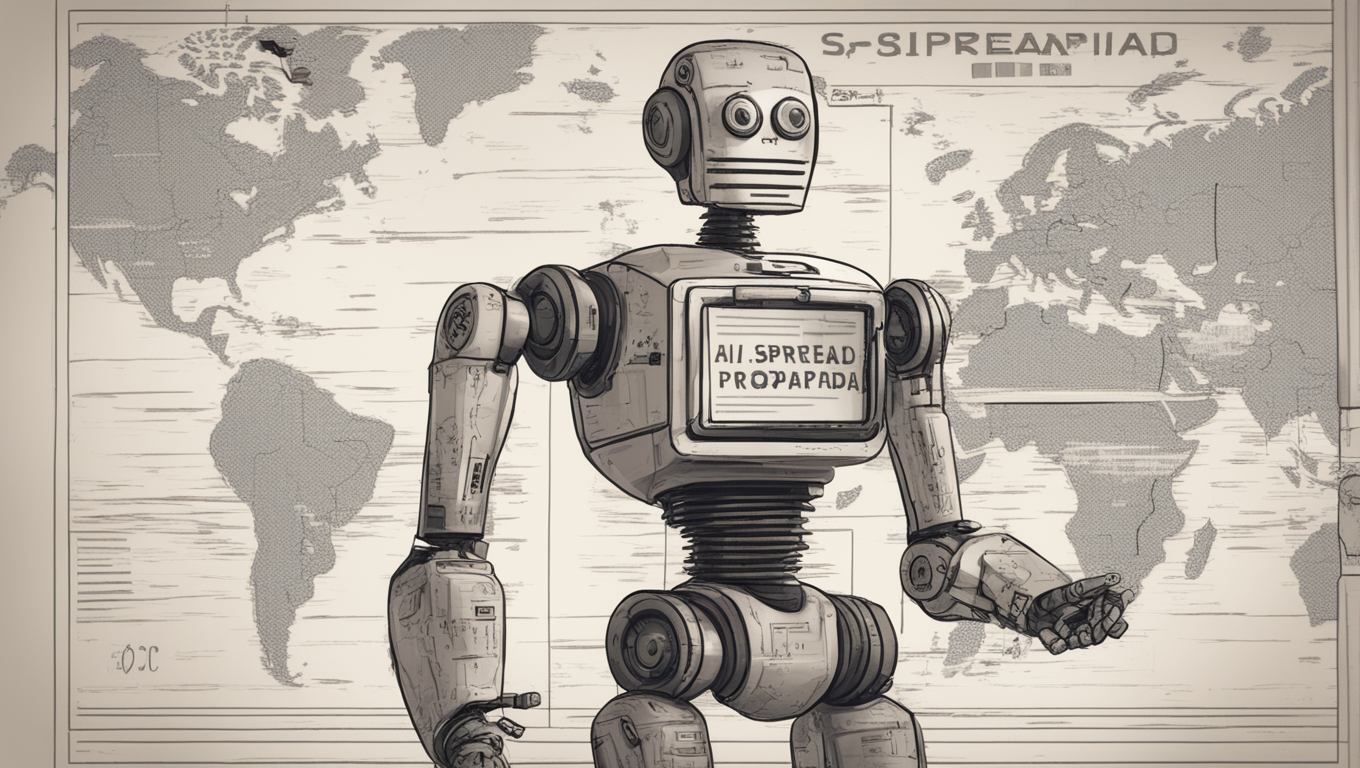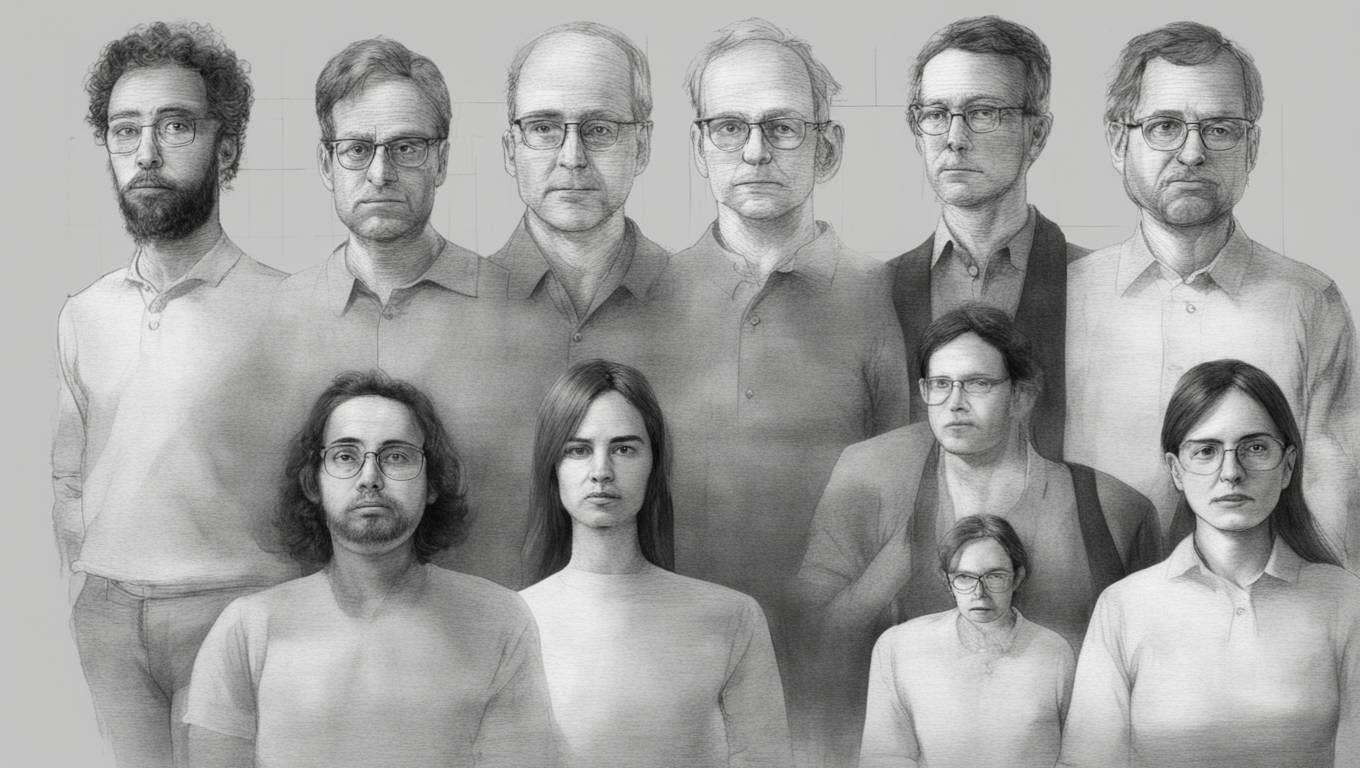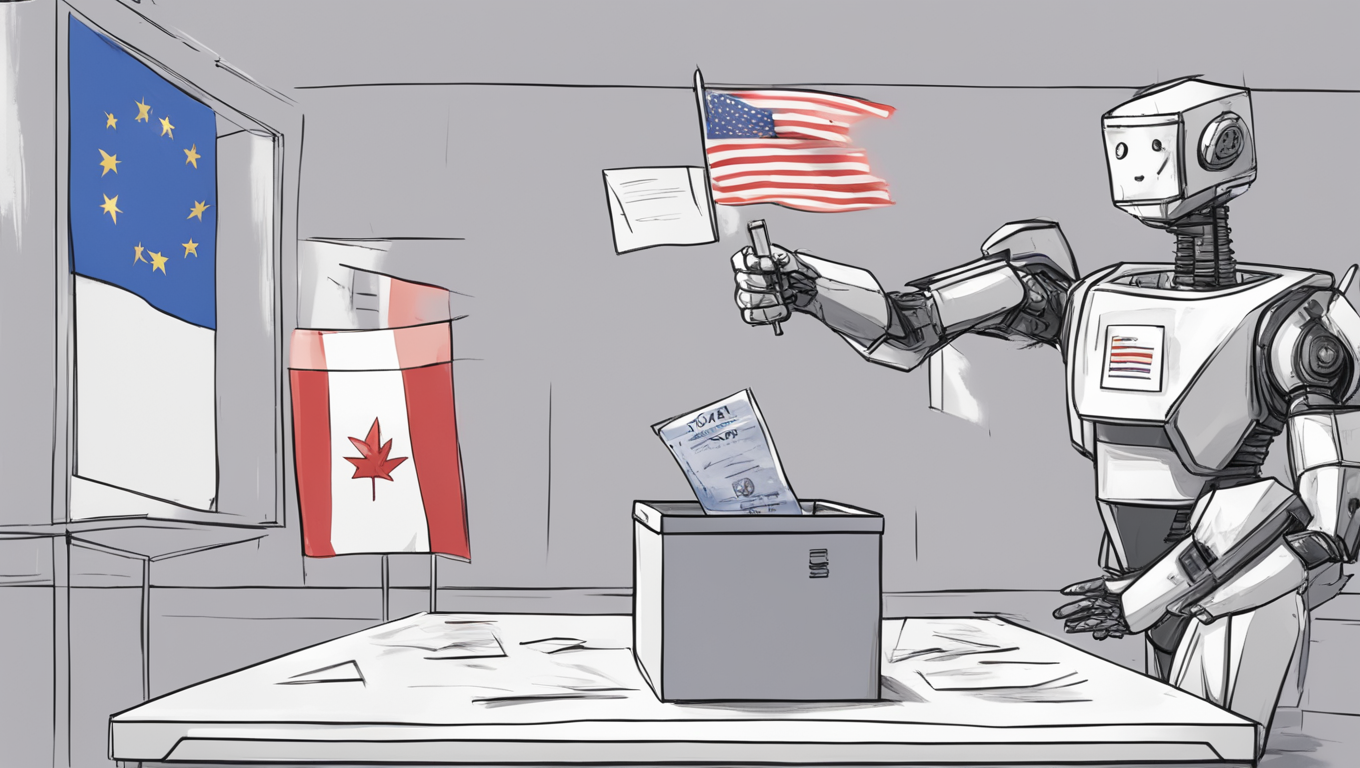On January 21, Patricia Gingrich received a phone call that would raise concerns about the upcoming US presidential election. The voice on the other end sounded like Joe Biden, but the message was clear: don’t vote in the upcoming primary. Gingrich, however, knew it was a deepfake, a piece of audio generated by artificial intelligence (AI) to mislead and manipulate. While she didn’t fall for it, Gingrich worries that others may have been influenced by the deepfake, potentially suppressing voter turnout.
Gingrich’s experience is just one example of the growing threat posed by deepfakes to US elections. These realistic audio, video, or image forgeries, created using AI tools, can inject false content into the race and erode public trust. Notably, the risk does not only lie in obviously fake deepfakes, but also in more convincing ones that contain nuanced changes or spread through online communities. Online platforms like Facebook, especially parenting groups, could be particularly vulnerable to the spread of manipulated media, as seen during the pandemic with vaccine misinformation.
However, voters themselves are not the only targets of deepfakes. Election officials are also at risk of being manipulated by fake content, potentially leading to premature polling location closures or other disruptions. Larry Norden, senior director of the Elections and Government Program at the Brennan Center for Justice, is working with election officials to help them identify and verify the authenticity of messages they receive. AI tools make it easier for bad actors to create misleading content at scale, further exacerbating the problem.
The increasing prevalence of deepfakes poses a significant challenge for combating disinformation in elections. As deepfakes become more common, the public may become more skeptical of the content they consume, including true information, leading to a further erosion of trust. This skepticism can be exploited by political figures, who can easily dismiss legitimate audio or video footage as fake, taking advantage of the “liar’s dividend” phenomenon.
Currently, federal laws in the US that restrict the use of deepfakes in elections are limited. While several bills to regulate deepfakes have been proposed in Congress, progress has been slow. However, individual states have taken the initiative to address the issue, enacting laws to regulate deepfakes in elections. These state laws aim to fill the void left by federal inaction. Voter groups and organizations, such as the League of Women Voters, are also taking legal action to hold those responsible for deepfakes accountable.
One notable case that demonstrates the potential to apply existing laws to combat deepfakes is that of Steve Kramer, who generated the Biden deepfake that Gingrich received. The Federal Communications Commission ruled that voice-mimicking software falls under the Telephone Consumer Protection Act and proposed a penalty against Kramer. Additionally, Kramer faces criminal charges for felony voter suppression and impersonating a candidate. Although the existing laws were not specifically tailored for deepfakes, they can still be effective in curbing their misuse.
However, it is important to note that the lack of regulation cannot fully solve the problem, especially when bad actors are located abroad. Countries like China and Russia have been experimenting with deepfake tools, posing additional challenges for legislation. Therefore, it becomes crucial for voters to educate themselves about deepfakes and how to find accurate information. Informing individuals and promoting media literacy can be key in combating the spread of disinformation.
In conclusion, deepfakes pose a significant risk to US elections, with the potential to mislead voters and erode public trust. Both individual states and voter groups are taking action to address the problem, but a lack of comprehensive federal legislation remains a challenge. Combating deepfakes requires a multi-faceted approach, including educating voters and promoting media literacy to ensure accurate information is disseminated. With the increasing sophistication of AI tools, the battle against deepfakes is likely to continue, making it imperative for voters to stay informed and vigilant.





Use the share button below if you liked it.